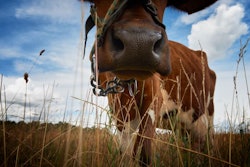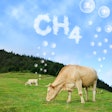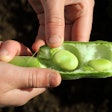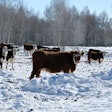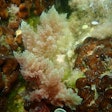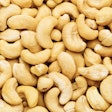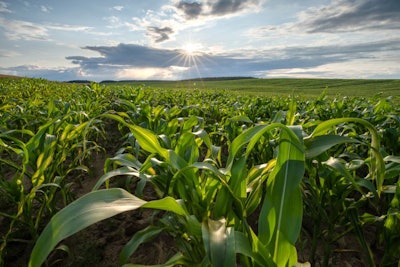
US farmers may be able to grow animal feed in the winter to offset losses as the climate warms
Climate change may have the potential to damage staple crops such as corn, but new research indicates U.S. farmers could actually increase their production of animal feed if they consider new crops — and new growing techniques — in the future.
Researchers at The Pennsylvania State University have spent the past 12 years researching how dairy farmers in the northeastern U.S. can reduce the environmental impact of their operations while also reducing costs. Their latest report, set for publication in next month’s issue of the journal Agricultural Systems, describes how adopting a system of double cropping in the face of a warming planet could increase animal feed production while reducing the release of pollutants from fertilizers.
Two practices — double cropping with corn silage followed by planting small grains such as winter rye, and shallow disc injection of slurry manure — appear to hold the most promise when it comes to cutting production and environmental costs, according to Heather Karsten, an associate professor of crop production/ecology at Penn State. And the benefits of these practices may actually increase as the climate warms, she said.
According to Penn State’s new research, allowing a cover crop to grow just 10 days longer — even if it cuts slightly into the corn-growing season — actually results in more total biomass than when conventional timing is employed.
“Yes, they’ll plant corn silage a little later, but they get so much forage from the double crop that it still produces more total forage,” Karsten said. “We find we can produce 28% more total forage when we double crop as compared to just growing corn silage after, say, a rye cover crop.”
Planting rye immediately after the corn silage is harvested, but waiting to harvest the rye when it hits the flag leaf stage, also corresponds with a more optimal schedule for fertilizer application, Karsten said. Injecting the field manure later in the spring, she said, reduced the subsequent corn crop’s need for nitrogen by 20-30% without reducing yields. By decreasing the use of fertilizers, this technique also reduces the potential for pollutants to leave the farmers’ fields.
This technique will likely prove important as the climate continues to warm, Kartsen said, because current climate models anticipate that increased rain in the northeastern U.S. will result in increased runoff from area farms. But warmer temperatures also mean shorter, milder winters, which could further increase the financial value of double cropping to farmers.
While climate change could reduce the availability of forage and even conventional crops like feed corn in the future, Karsten said, a longer growing season also means farmers will have more time to potentially produce small grains over the winter. These small grains could then be incorporated into animal feed.
“It may be that some of those other types of feeds become more cost effective, a better fit for the changing climate,” Karsten said. “That may mean the rations would have to be adjusted some, but I would guess that could become one of the strategies [for coping with climate change], especially in climates that are having more drought and heat stress in summer crops such as corn.”



